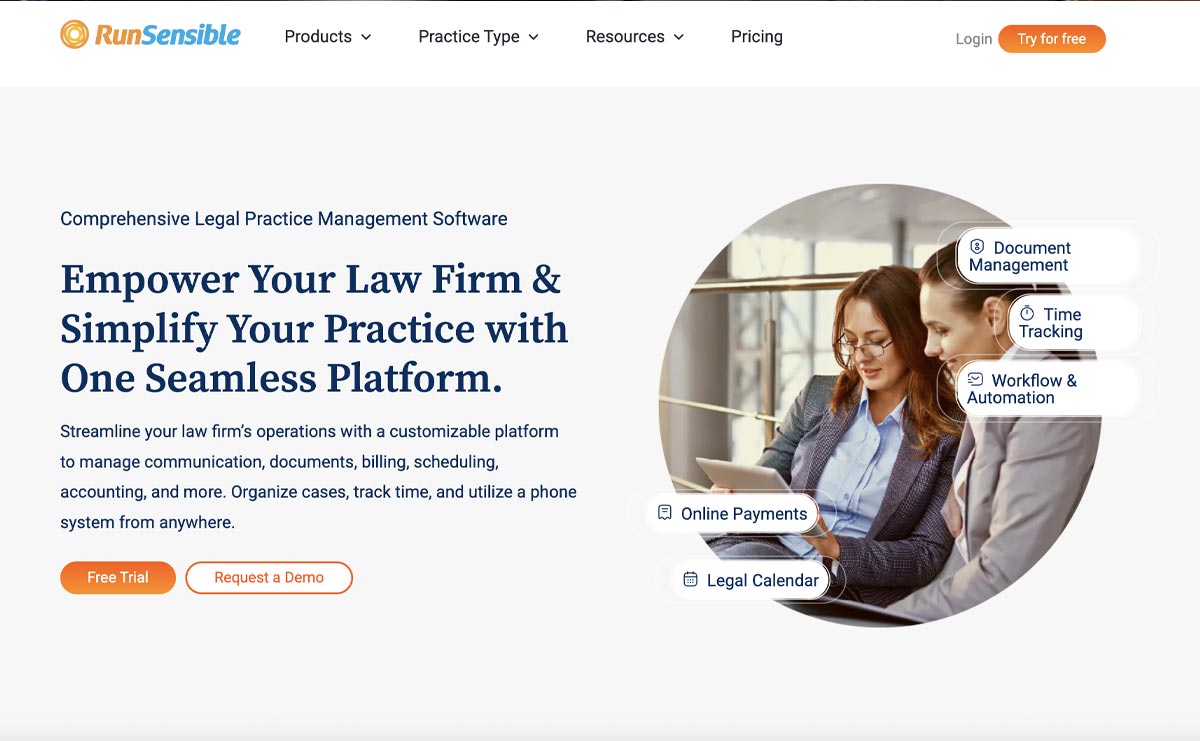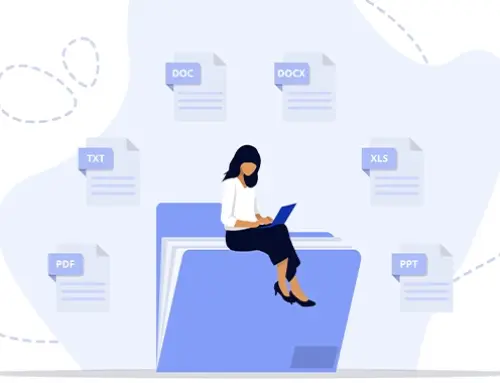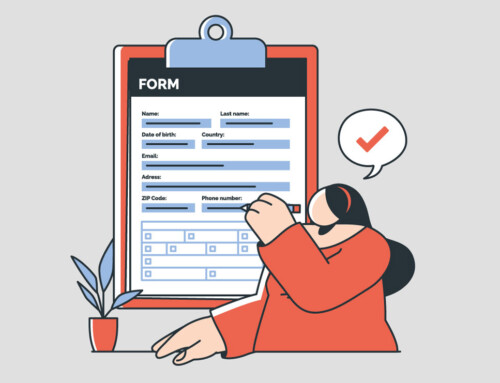Contents
Supercharge Your Legal Research: 3 Steps to Lightning-Fast Results
Legal research – the methodology of locating and acquiring laws, court decisions, and other authorities to an issue of law – is a basic ability for lawyers. Efficient legal research (also referred to as law research) supports efficient client advocacy and conformity with the law, yet it is time-consuming. Research indicates that the typical lawyer spends around 17% of his or her working hours on research-related work. And while today’s customers need more value and efficiency and are compelling firms to absorb research expenses as opposed to billing hourly, here we cut how to do legal research into three steps to enable you to research more effectively and operate a more effective law practice.
Plan Your Legal Research Strategy
Before diving into how to do legal research, start by defining a clear research plan. This means understanding the facts and legal issues at hand, narrowing the jurisdiction, and deciding which tools and methods to use for your law research.
Clarify the Facts and Issues
Begin with a thorough grasp of the case’s facts and the legal questions you need to answer. Write down the “who, what, when, where, why, and how” of the situation, even details that might seem minor. These facts will help in identifying the legal issues you must research. Next, pinpoint the specific legal issue or question. Determine what outcome or relief is sought – for example, are you trying to prove negligence in a civil suit, or interpret a clause in a contract? Clearly defining the problem and desired outcome will guide your focus. If you’re unfamiliar with the area of law, consider consulting a legal dictionary or encyclopedia to learn the basic terminology and context. Understanding the correct legal terms will make your research more precise.
Determine the Relevant Jurisdiction
Knowing where to look for law is as important as knowing what to look for. Identify the jurisdiction that governs your issue. Is it a state law matter, federal, or perhaps a specific regulatory domain? Focus your research on the relevant jurisdiction so you don’t waste time on cases or statutes that don’t apply. For example, a perfectly on-point case from California won’t help you in a New York court if your issue is governed by New York law. Determine which court levels matter too – if you’re litigating in a state trial court, prioritize that state’s statutes and appellate decisions over federal or out-of-state material. By narrowing the scope to the right jurisdiction and court level, you ensure that any primary law you find will be authoritative for your needs.

Decide on Research Tools (Library, Online, or AI)
Finally, choose the research method that fits your resources and timeframe. In years past, lawyers had to pore over books in a law library, but now nearly everything in those books – and more – is available online. Using print resources alone is usually inefficient, so plan to leverage digital research platforms. Decide whether to start with free resources or paid databases. Many attorneys (about 38%) begin their research with a simple online search engine, and a large majority regularly use free online resources alongside paid databases. Free legal sites like Google Scholar, Cornell’s Legal Information Institute, or government websites can provide access to cases and statutes. However, free tools often have limitations in scope and lack advanced features. To ensure comprehensive research, it’s wise to use specialized legal research services. In fact, 57% of lawyers regularly use paid online databases like Westlaw or LexisNexis. These professional tools compile extensive collections of case law, statutes, and secondary sources in one place. They also offer powerful search filters and other features to make research faster. For perspective, a 2020 survey found Westlaw to be the most-used paid research service (about 49% of lawyers), with Lexis Advance next (28%) – while the top free services (like FindLaw and Fastcase) were each used by roughly 15–20% of lawyers.
| Research Habit | % of Lawyers (2020) |
| Regularly use free online legal resources | 65% |
| Regularly use fee-based online research tools | 57% |
| Start research with a free search engine | 38% |
| Start research with a paid online service | 30% |
| Start research with a bar association tool | 10% |
Table 1: Lawyers’ Online Legal Research Habits (2020 Survey)
Modern online databases not only have all the legal sources you need, but often include artificial intelligence features that help make quick work of research. You can also experiment with new AI-powered research assistants, which attempt to answer legal questions in plain language. These tools can sift through large databases quickly and may suggest a relevant authority you hadn’t considered. However, use AI assistance cautiously – always double-check any case or statute an AI tool provides. Treat AI suggestions as leads, not final answers, since these systems can make mistakes. Whether you use a traditional database or an AI tool, be mindful to verify the information. Overall, choose the method that allows you to find the law efficiently, but also accurately, given the demands of your case and clients.
| Service (Platform) | % of Lawyers Using (2020) |
| Westlaw (paid) | 49% |
| Lexis Advance (paid) | 28% |
| FindLaw (free) | 20% |
| Fastcase (free) | 18% |
| Cornell LII (free) | 18% |
| Government Websites (free) | 15% |
| Google Scholar (free) | 13% |
Table 2: Most Popular Legal Research Services (2020)
Find Relevant Secondary and Primary Sources
With a plan in place, the next step is to locate the legal authorities that will support your matter. How to do legal research involves two main categories of sources: secondary sources and primary sources. A smart strategy is to begin with secondary sources to build understanding, then move on to finding primary law.
Leverage Secondary Sources First
Secondary sources are commentaries on the law – resources that explain, analyze, or summarize legal topics. They are written by experts (lawyers, professors, judges) to help make sense of complex legal issues. Common secondary sources include legal encyclopedias, treatises, practice manuals, law review articles, and annotated guides. For example, a state practice guide on contract law might outline the elements of breach of contract and point you to the leading cases and statutes in that area. The key benefit of secondary materials is that they provide a shortcut: instead of starting from scratch, you can quickly learn the lay of the land from someone who has already assembled the relevant authorities. Secondary sources often highlight major statutes and landmark cases on your topic, saving you significant time. They also help you learn the terminology and framework of an unfamiliar field of law, so you know what to look for in primary sources.
Remember that secondary sources are not a binding authority in court. You generally wouldn’t cite a legal encyclopedia or law review article to a judge as the rule of decision. However, they are incredibly valuable research tools. Use them to get oriented, find citations, and refine your search terms. For instance, a treatise chapter might reveal that your jurisdiction calls a certain doctrine by a different name, alerting you to search for that term. By beginning with secondary sources, you gain background knowledge and a list of primary sources to investigate next.
Find and Analyze Primary Sources
Once you have a roadmap from secondary materials, delve into the primary sources of law on your issue. Primary sources are the law itself – the constitutions, statutes, regulations, and court opinions that establish legal rules. These are the authorities you will ultimately cite or rely on in legal arguments. Primary sources carry binding authority if they’re from your jurisdiction (for example, a decision of your state’s highest court or an applicable statute must be followed by lower courts in that state).
Start with any primary sources you already identified. If a secondary source or a colleague pointed you to a specific case or statute, retrieve that first and read it carefully to see how it applies to your facts. Then, expand your search to find additional primary authorities. For case law, use online databases to run targeted searches with the key legal terms you’ve gathered. You can search for federal and state court opinions on Westlaw, Lexis, or similar platforms by keywords, legal topic, or party name. If you find one on-point case, leverage it to find others. Check the cited cases within that opinion and look at the headnotes or summaries that many databases provide. For example, on Westlaw the headnotes in a case outline the major legal issues and are classified by topic; you can click a headnote or Key Number to find other cases addressing similar issues. Using one good case as a springboard, you can quickly build a collection of relevant cases that form the backbone of your legal argument.
For statutes and regulations, a similar approach applies. Often, your secondary research or case law will have cited specific statutes or rules pertinent to your issue. Locate those statutory provisions (for instance, by searching the U.S. Code or your state’s code online). Make sure you read not just the quoted section, but also the surrounding sections and definitions, to fully grasp the law’s context and scope. It’s usually best to pull up an annotated version of the statute if available, which will include notes about court decisions interpreting that law. Those annotations can point you to important cases (often listed by topic or keyword) that applied or discussed the statute. For example, if you are researching a state’s law on non-compete agreements, the annotated statute might list several court decisions explaining how that law works in practice – a goldmine for your case law research. Regulations can be researched in a similar way: find the relevant section of the federal regulations code (CFR) or your state administrative code, then look for annotations or case references involving that provision.
Keep in mind that how to do legal research is rarely perfectly linear. As you uncover primary sources, you might encounter new issues or nuances that send you back to secondary sources for clarification. Or you might find one case citing another case you hadn’t seen yet, prompting a new round of case law searching. This iterative process is normal. Follow the trail wherever it leads – if an authoritative case references a related doctrine, consider researching that related issue too if it could affect your outcome. Stay organized and keep track of which sources you’ve checked. By methodically moving from secondary to primary sources (and looping back as needed), you ensure thorough coverage of the legal landscape without getting lost.
| Aspect | Primary Sources (The Law) | Secondary Sources (Commentary) |
| Definition | Actual legal authorities – the official law itself. | Explanations about the law written by experts. |
| Examples | Statutes, regulations, court opinions, and constitutions. | Legal encyclopedias, treatises, law review articles, and practice guides. |
| Authority | Binding in jurisdiction (must be followed if applicable). | Not legally binding (persuasive only, for background). |
| Role in Research | Provide the rules and precedents you will cite as law. | Provide analysis, context, and references to primary law (used to understand and locate the law). |
Table 3: Primary vs. Secondary Sources in Legal Research
Verify and Update Your Findings
After gathering what you think are the relevant laws, you must ensure you are using “good” law – in other words, verify that your primary sources are still valid and up to date. Laws evolve courts overturn precedents, legislatures amend statutes, and new regulations replace old ones. The last thing you want is to base your argument on a case that has been overruled or a statute that’s been repealed. One of the most important steps in any legal research project is therefore to check the subsequent history of your authorities.
Use Citators to Ensure ‘Good’ Law
The simplest way to find out if something is still good law is to use a citator service, which will show you if a case or statute has later been invalidated or questioned. If you have a service like Lexis or Westlaw, use its citator tool to check your case’s subsequent history and citations. They use visual signals or flags to warn of negative history. If you don’t have a citator, you can still manually search for later cases that mention your case by name to see if any court has overruled or criticized it. Failure to vet your sources can have serious consequences. For example, in 2023 two attorneys were sanctioned (fined $5,000) after they submitted a court brief citing six fictitious cases that an AI chatbot had fabricated – all because they didn’t verify that those citations were real.
When you use a citator, pay attention to the signals or notices it provides about your case or statute. For instance, a citator like KeyCite on Westlaw will display a red flag if a case was overruled or reversed (no longer good for at least one point of law), or a yellow flag if it has received some negative treatment but not outright reversal. Shepard’s on Lexis uses similar indicators. These warnings let you know to investigate further before relying on that authority. Always click through to read what the latter case did to your case – sometimes a case is overruled on an unrelated issue, which might not preclude you from citing it for a different point. At other times, the later court completely undermined the reasoning of your case, meaning you should avoid using it.
In addition to formal citator tools, do a quick update search on your issues right before you finish your research. Check if any new cases have been decided in the past few months, or if any legislation has been enacted that affects your topic. This is especially critical if some time has passed between when you did the research and when you’re applying for it. Opposing counsel may be looking for any chance to show your authorities are outdated. By updating your research, you ensure you’re citing the most current law and avoid unpleasant surprises.
Document and Apply Your Findings
The final step is to compile and apply what you’ve learned. Good legal research is only useful if you can effectively integrate it into your work product. As you conclude your research, organize your notes and the citations of key cases and statutes. Many attorneys prepare a research memorandum – even if just for internal use – summarizing the relevant law and how it answers the client’s question. This helps ensure you understand the interplay of the authorities and can explain it clearly. When writing a brief or advising client, apply the law to the facts of your case: show how the rules you found resolve the specific issues at hand. Be sure to cite the primary sources directly in your documents, using proper citation format (e.g. Bluebook or local court rules), so that your work remains professional and easy to verify.
It’s also wise to keep a research trail for future references. Note which sources and search queries you used, so you or others can retrace the steps if a similar issue arises again. If your firm has a knowledge management system or shared repository, consider saving the most relevant cases, statutes, and your research memo there. That way, you build a library of insights that can save time the next time a similar legal question comes up. By documenting your findings and conclusions, you maximize the value of the research beyond the immediate case.
The Verdict: Research Smarter, Not Harder
Mastering how to do legal research is both an art and a science – and it’s something you get better at with practice. By following a clear three-step process (plan, research, verify), you can drastically improve your efficiency without sacrificing thoroughness. Even seasoned attorneys continually refine their research skills over years of practice, so developing a sound method now will pay dividends throughout your career. Remember that effective legal research is as much about critical thinking and judgment as it is about finding keywords in a database. The more you engage with cases and statutes, the more intuitive the process becomes.
For small and mid-sized law firms, improving research workflows isn’t just about saving time – it also boosts the quality of your legal work and your bottom line. Efficient, reliable research means you can confidently give clients accurate advice and craft stronger arguments in court. It reduces the risk of overlooking a key precedent or citing a bad law, which in turn lowers the chance of mistakes or malpractice issues. In short, investing effort into a better research process leads to better outcomes for your clients and fewer headaches for your firm. With the right approach and tools, “doing the law research” becomes a manageable routine that consistently produces actionable, up-to-date legal answers – helping your firm stay compliant, competitive, and profitable.
Unlock Efficiency with RunSensible
RunSensible is an all-in-one legal practice management platform designed to streamline your firm’s workflow. From case and client management to calendaring, document automation, and billing, RunSensible consolidates the essential functions of your law practice in a single, easy-to-use system. It helps eliminate repetitive administrative tasks with workflow automation and built-in reminders, so nothing falls through the cracks. RunSensible is cloud-based and accessible from anywhere, giving your team secure access to case information whether in the office or in court. revenue by freeing up more time for billable work.
FAQs
What are the main steps of legal research?
The legal research process can be broken down into three broad steps. First, you plan your research by understanding the facts, identifying the legal issues, and deciding on the scope (including the relevant jurisdiction and sources to use). Second, you find the law by using secondary sources (like legal guides or articles) to learn the background and then locating primary sources such as statutes and court cases that apply to your issue. Third, you evaluate and update the law you found – this means checking that your cases are still valid (using a citator to see if they’ve been overturned or modified) and making sure you have the most current versions of statutes or regulations.
What is the difference between primary and secondary sources in law research?
Primary sources are the actual law – think of statutes, regulations, court rulings, and constitutions. These are legal authorities that have binding effects (for example, a state statute or a Supreme Court case). Secondary sources are materials that discuss or explain the law but aren’t law themselves. They include things like treatises, legal encyclopedias, textbooks, and law review articles.
How can I conduct legal research efficiently without paid databases?
It is entirely possible to do effective legal research with free or low-cost tools – you just need to know where to look. One staple is Google Scholar, which provides free access to a large library of case law. You can search for federal and state court opinions on Google Scholar. Many state court and legislature websites also publish opinions, statutes, and regulations online for free. Additionally, websites like Cornell Law School’s Legal Information Institute (LII) offer free, up-to-date versions of federal statutes.
How do I know if a case is still good law?
To check if a case is still good law (meaning no court has invalidated its authority), you should use a citator service whenever possible. If you have a service like Lexis or Westlaw, use its citator tool to check your case’s subsequent history and citations. These will warn you if the case has any negative treatment (for example, a red flag or symbol indicates the case was overruled or reversed).
What tools can make legal research more efficient?
Several tools and technologies can greatly improve legal research efficiency. The most widely used are online legal research databases like Westlaw and LexisNexis. These platforms aggregate vast collections of cases, statutes, and secondary sources, and they have advanced search engines to filter results by jurisdiction and other criteria. They also include citator tools to help you validate cases. Free online resources can also be very useful. Google Scholar, for example, offers free access to case law, and many government websites publish statutes, regulations, and court opinions.
Sources
- https://legal.thomsonreuters.com/en/insights/articles/basics-of-legal-research-steps-to-follow
- https://clark.wa.gov/law-library/research-legal-question
- https://www.reuters.com/legal/new-york-lawyers-sanctioned-using-fake-chatgpt-cases-legal-brief-2023-06-22/
- https://www.wisbar.org/newspublications/insidetrack/pages/article.aspx?Volume=6&Issue=20&ArticleID=23620
Disclaimer: The content provided on this blog is for informational purposes only and does not constitute legal, financial, or professional advice.







